Art World
Top Ten Art Books to Read during Thanksgiving
Basquiat, Theaster Gates, Hal Foster's latest ... We've got you covered.

Photo: via J Guest Home
Basquiat, Theaster Gates, Hal Foster's latest ... We've got you covered.

Lorena Muñoz-Alonso

The hotly anticipated Thanksgiving break is usually geared towards copious family meals, Netflix binging, and indulging in the shopping frenzy best-known as Black Friday.
But what if you took these days off to catch up with a handsome pile of luxurious coffee table art volumes, glossy artists’ monographs, exhibition catalogs, and thought-provoking essays instead?
Here we have selected our favorite recent art publications for your delight. And the best thing is, if you don’t finish them now, the holiday season is just around the corner.

Body of Art (2015) cover.
Photo: Courtesy Phaidon.
1. Body of Art, Phaidon.
Despite the irresistible rise of abstraction since the late 19th century, the history of art is jam packed full of representations of the human form, which can be still considered art’s first and foremost motif. From the hunters depicted in Rupestrian art, the idealized marble beauties of Roman and Greek art, and the endless representations of Christ on the cross, to Titian’s Venus of Urbino, Pablo Picasso’s Les Demoiselles de Avignon, and Carolee Schneemann’s Interior Scroll, this generous and fascinating tome surveys the myriad uses and depictions of the body across prehistoric, classic, and contemporary art.
Organized into themes—such as Beauty, Identity, Power, Religion & Belief, Sex & Gender, the Abject Body—rather than chronologically, Body of Art juxtaposes Sandro Botticelli’s Venus with Vanessa Beecroft’s army of naked women, the iconic head of Nefertiti, and the work of Ryan Trecartin, among many other artists, to stunning effect. The book’s brief might seem a little too broad, but it works. Highly recommended.
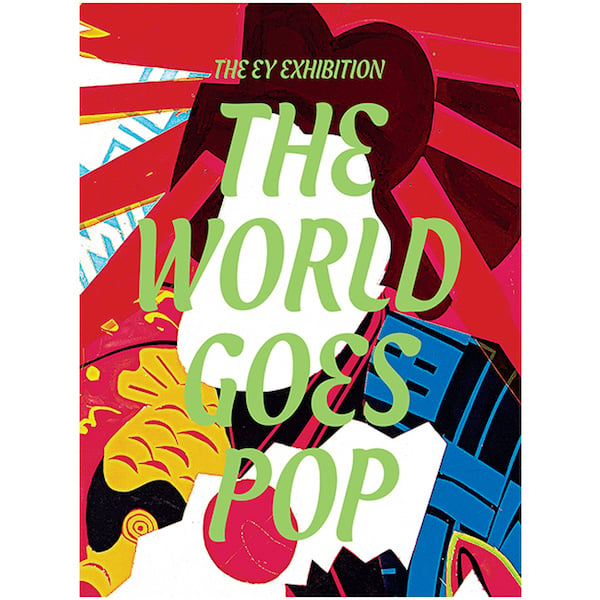
Cover of the catalog of The World Goes Pop (2015).
Photo: via Tate.
2. The World Goes Pop, Tate Publishing.
If you haven’t seen Tate’s superb survey of the world-wide hidden treasures of Pop art yet, you definitely should before the show ends on January 24, 2016. But if a trip to London is not among your plans, fear not, the exhibition’s catalog does a fantastic job of contextualizing and documenting these artists’ practices.
The exhibition was conceived by Jessica Morgan, then a Tate Modern curator before she’d left London to direct New York’s Dia Art Foundation. Morgan has also contributed an illuminating essay about the production and relevance of Pop art from the peripheries, which resulted in a much more politically engaged art than the one produced in the (traditional) capitals, New York and London. Discover the work of artists such as Kiki Kogelnik, Jana Želibská, Jerzy Ryszard “Jurry” Zieliński, Anna Maria Maiolino, Evelyne Axell, and Keiichi Tanaami, among many others, and you will never look at Pop art the same way.
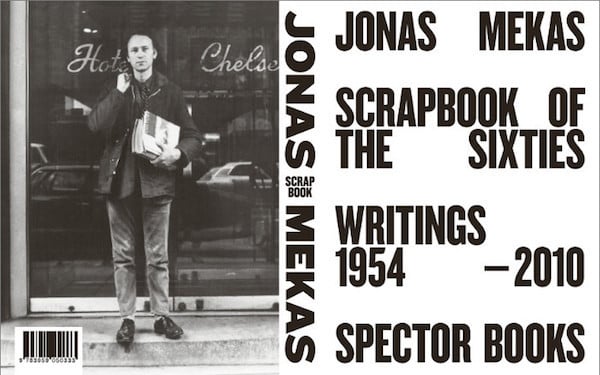
Cover of Jonas Mekas, Scrapbook of the Sixties (2015).
Photo: Courtesy Spector Books.
3. Jonas Mekas, Scrapbook of the Sixties, Spector Books.
Not everyone knows that Jonas Mekas, as well as being a seminal visual artist and filmmaker, is also an accomplished poet and critical writer. Scrapbook of the Sixties is a collection of both published and unpublished texts by the co-founder of New York’s Anthology Film Archives, who was born in Lithuania.
Starting in 1958, Mekas began writing a column called Movie Journal in the Village Voice, exploring film and other artistic concerns. He conducted numerous interviews with key artists and cultural figures of the period, including Andy Warhol, Susan Sontag, John Lennon and Yoko Ono, and Nam June Paik, some of which are being published now in this book, among other texts, chronicles, and diaristic passages.
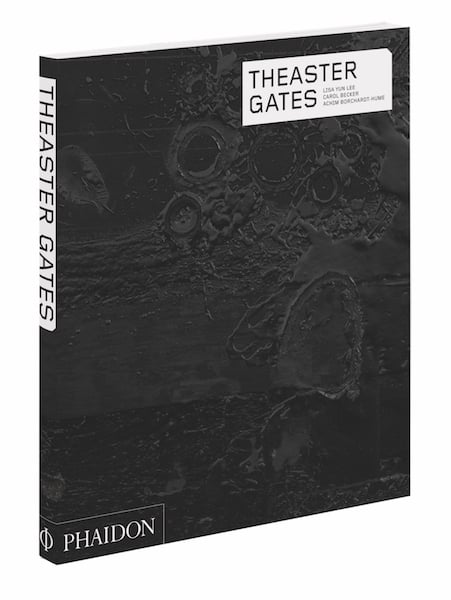
Cover of Theaster Gates (2015).
Photo: Courtesy Phaidon.
4. Theaster Gates, Phaidon.
This has been a fantastic year for Chicago-based artist and urbanist Theaster Gates, who won the reputed Artes Mundi award, opened his first public project in the UK, had a successful solo exhibition at London’s White Cube, and took center stage at the Hirshhorn Museum’s 40th anniversary gala, among other achievements. Phaidon’s monograph is the icing on the cake, proving a detailed overview of his complex and multifarious oeuvre, which encompasses social projects, urbanism, installation, painting, and sculpture.
The book also features essays by Lisa Yun Lee, director of Chicago’s School of Art & Art History, Achim Borchardt-Hume, director of exhibitions at Tate Modern, and Sara Pooley, as well as an interview between the artist and Carol Becker, dean of faculty and professor at Columbia University School of the Arts, and a selection of writings by Gates himself. If you really want to know what the hype is all about, here you will find all the answers.
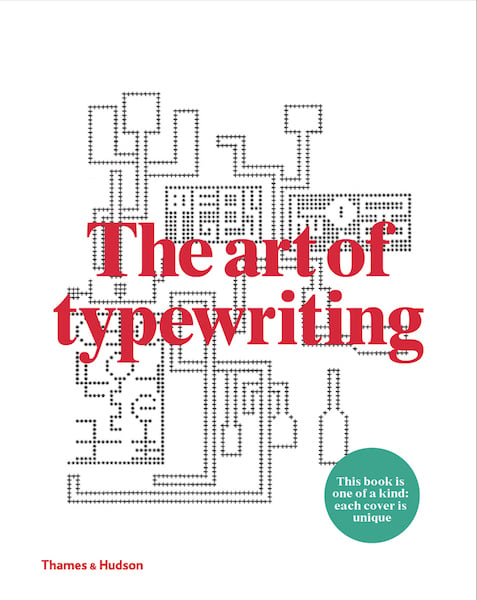
Cover of The Art of Typewriting (2015).
Photo: Courtesy Thames & Hudson.
5. The Art of Typewriting, Thames & Hudson.
Among the digital overkill we experience (some would even say suffer) every day, this book presents itself as an oasis of vintage and analog creativity. The Art of Typewriting is a brilliant survey of the use of typewriters as tools for the creation of art and concrete poetry.
The over 600 works featured in the book come from the collection of Miami-based Marvin and Ruth Sackner, who own the largest collection of typewriter art in the world, including works by Christopher Knowles, Carl Andre, Henri Chopin, and Bob Cobbing. And, to top it all, each copy of the book is one of a kind, as each cover features a different artwork. What more can you ask for?
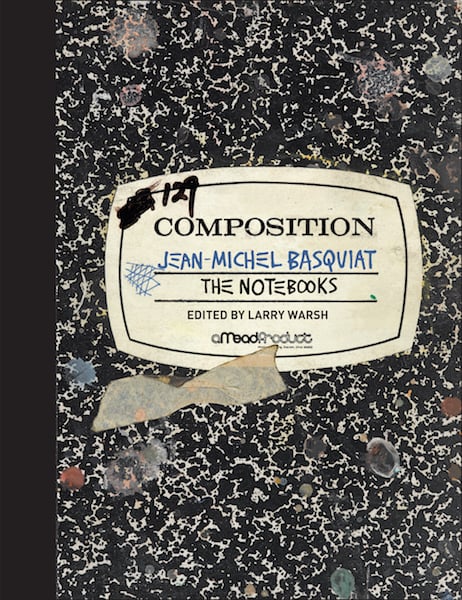
Cover of Jean-Michel Basquiat, The Notebooks (2015).
Photo: Courtesy Princeton University Press.
6. Jean-Michel Basquiat, The Notebooks, Princeton University Press
Owning a Basquiat is a very distant dream for most of us, but for $30 Princeton University Press has made it possible to get one’s hands on what pretty much feels like a facsimile edition of one the eight notebooks that the New York legend used to sketch drawings, write poems, and get this creative juices flowing.
Such is the importance of these notebooks in the artist’s oeuvre that the Brooklyn museum put them at the center of an exhibition earlier this year. The Notebooks gathers passages selected from Basquiat’s eight notebooks in one fascinating volume that will reveal many lesser-known talents and quirks of SAMO to his ever-growing number of fans worldwide.
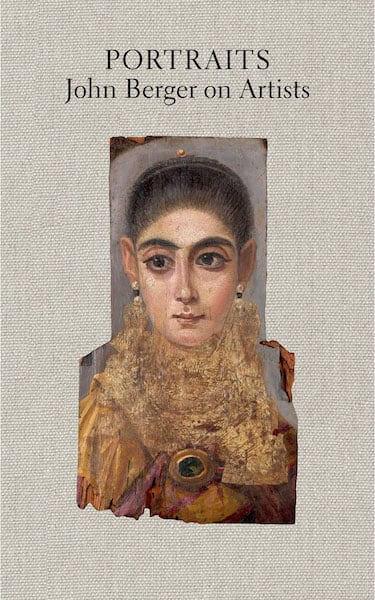
Cover of Portraits: John Berger on Artists (2015).
Photo: via Verso.
7. Portraits: John Berger on Artists, Verso.
What to say about John “Ways of seeing” Berger that hasn’t been said already? The English critic has been a reference point in the field of cultural studies since 1972, when he launched his lauded BBC series (and companion text) explaining to an unspecialized audience the secrets and delights of seeing art and the hidden ideologies underlying Western aesthetics.
But Berger didn’t rest on his laurels and continued delivering a stream of challenging and enlightening novels, plays, and art criticism essays. The latest offering by the 88-year-old thinker and writer is Portraits, a collection of short essays written throughout six decades of his life and spanning art from several centuries, from Renaissance masters like Piero della Francesca to modern and contemporary legends like Jackson Pollock and Mark Rothko.
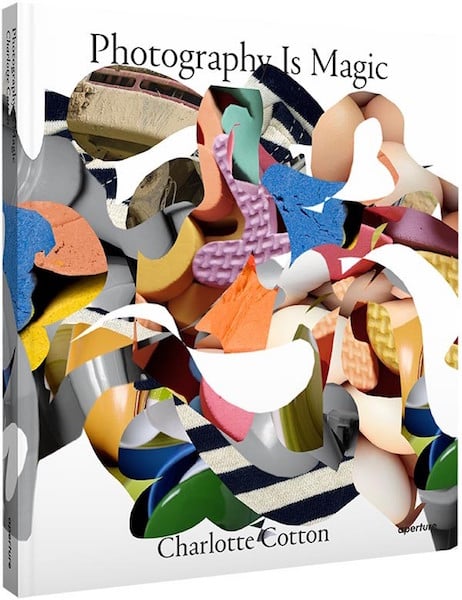
Cover of Photography is Magic (2015).
Photo: Courtesy Aperture.
8. Photography is Magic, Aperture.
This “on-the-money” survey explores the practices of over 80 exciting contemporary artists working with broad and experimental approaches to photography, including Michele Abeles, Walead Beshty, Antoine Catala, Talia Chetrit, Darren Harvey-Regan, Annette Kelm, Josh Kline, Elad Lassry, Matt Lipps, Katja Novitskova, Timur Si-Qin, Eileen Quinlan, Jon Rafman, Clunie Reid, Elisa Sighicelli, Sara VanDerBeek, Anne de Vries, and Chris Wiley. If the extended photographic medium is your thing, this book will surely keep you happy and busy for a few days.
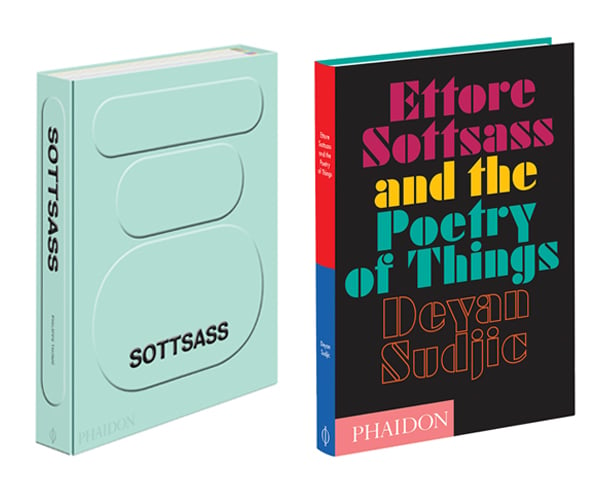
Covers of Sottsass (2014) and Deyan Sudjic’s Ettore Sottsass, the Poetry of Things (2015).
Photo: Courtesy Phaidon.
9. Sottsass and Deyan Sudjic’s Ettore Sottsass, the Poetry of Things, Phaidon.
This wonderfully exhaustive monograph on the legendary Italian radical designer and artist is a 2014 release, but since Phaidon has recently published its companion, a fantastic biography written by Deyan Sudjic, director of London’s Design Museum, we thought we’d make a combo offering. Sottsass made his mark as a designer; not only was he father of the radical design movement Memphis, but he also created iconic typewriter designs for Olivetti and a plethora of highly covetable, colorful domestic objects in glass and ceramics.
But he was also a superb architect and and consummate draftsman, whose work is represented by the Swiss Galerie Bruno Bischofberger. These two books explain it all in detail, both his long life and his prolific, maverick output. Read them back to back.
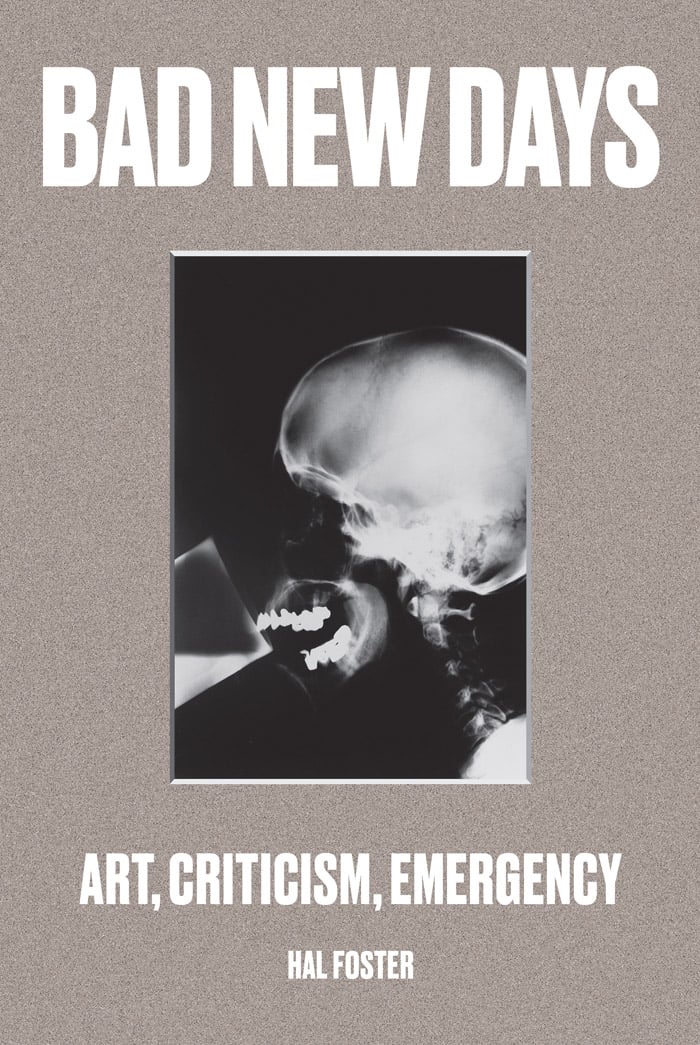
Cover of Hal Foster’s Bad New Days: Art, Criticism, Emergency (2015).
Photo: via Verso.
10. Hal Foster’s Bad New Days: Art, Criticism, Emergency, Verso.
Views on this collection of essays vary. Some people have dismissed Foster’s latest offering as a mere “best of” compilation while others swear by it. Renowned British critic Gilda William, for example, recently proclaimed on Frieze Magazine’s blog that “the last chapter, ‘Post-critical?’, and final coda on museums […] sees Foster return to form as the feisty critic of his early days, fired up by the promise of postmodern critique,” while passionately stressing that “Foster remains the committed, starry spokesperson for all of us convinced that critical thinking—however unfashionable—still holds value for 21st century art.”
If you are a newcomer to the critical world of the October luminary, Bad New Days is certainly a good introduction. But even if you are a seasoned Foster reader, there’s enough substance to the final part of the book to give you pause for thought.